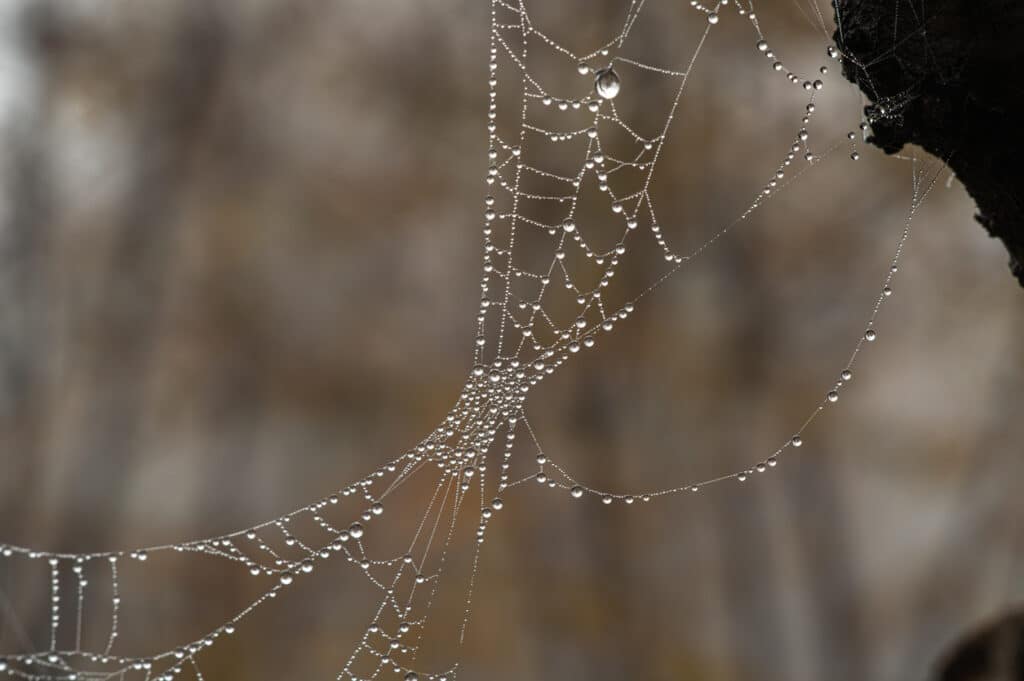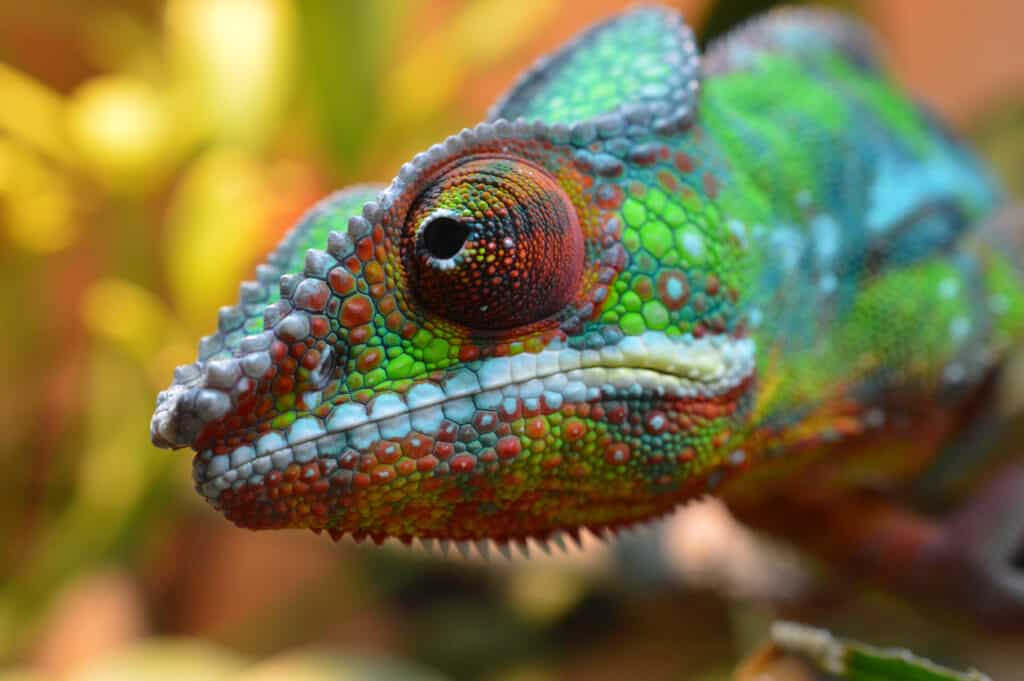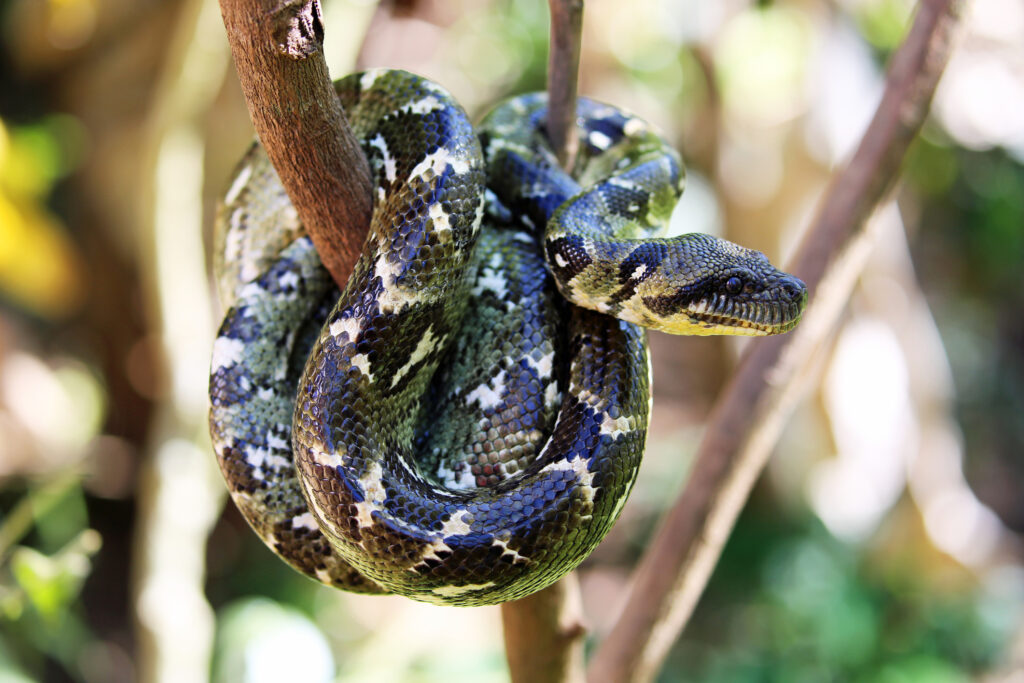Exploring Animals from Around the World
No matter where you go in the world, there are different habitats housing diverse species.
So, if you’re ready for a whistlestop tour of the animals living on each continent, from penguins waddling around in freezing conditions across Antarctica to lizards scurrying across deserts in Africa, let’s go!
How many animals are there in the world?
With so much of the Earth’s land and water still undiscovered, scientists can’t be sure of exactly how many animals there are. However, it’s thought that the number of species is around 8.7 million.
Only around 1.2 million species have been named so far, although this list is growing quickly. There are five main categories of animals, including mammals, birds, fish, reptiles and amphibians. Within these categories, you can split it further by categorising by if they have a backbone (vertebrates) or not (invertebrates), or whether they’re land animals, marine creatures or somewhere in between.
Map of animals from around the world
Explore our interactive map below to discover the amazing animals from around the world and what makes them unique.
Want to take your knowledge of the world’s animals a step further? Read on to learn about the different habitats from continent to continent, why certain species can thrive there and explore the ins and outs of the creatures you can find.
Animals in North America
North America is the third-largest continent by area in the world, and covers 23 independent countries, including the United States of America, Canada, Alaska, Mexico and Jamaica. Thanks to its enormous size, it includes climates from deserts and mountains to forests and grasslands,
What animals live in North America?
The varied climates allow North America to sustain lots of unique animals. The most well-known is the eagle, which is the national symbol of the United States, but you can also find several bear species and bison in this part of the world, amongst others, which we’ll explore below…
Giant Pacific octopus
Living in the Pacific Ocean, the giant Pacific octopus is a highly intelligent marine creature with skills ranging from opening jars to solving mazes. As with other octopuses, this huge species has colour-changing abilities to help it camouflage with its surroundings.
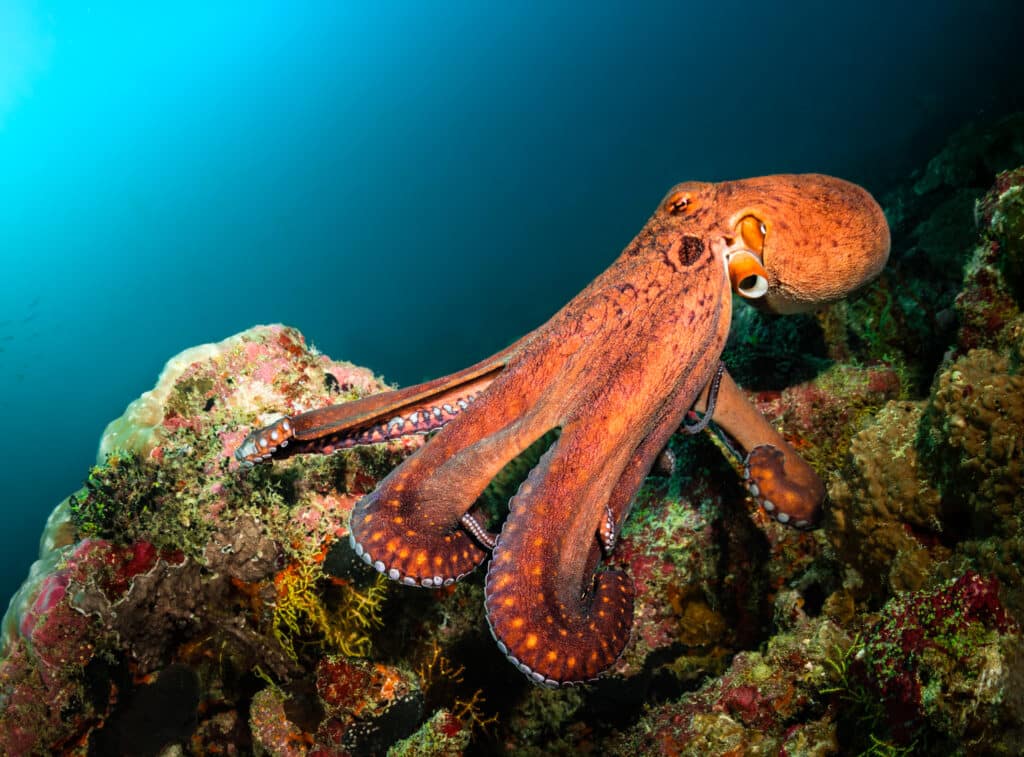
Gila monster
Watch out – gila monsters are the only type of venomous lizards found in the US, with the biggest populations living in southern states like Utah. The name originates from the Gila River Basin in Arizona and New Mexico, where these animals are originally from.
Moray eel
There are approximately 80 species of moray eels, some of which can be found in rocky and reef habitats in North America from the eastern Pacific to the western Atlantic. From the California moray eel to the green moray eel, these fish thrive in a range of shallow water environments, which is why they can be found so widely spread on the continent.
Axolotl
These amphibians stay young forever, never losing the typical juvenile features of this group of animals. Axolotls are native to Mexico and live in Lake Xochimilco, helping manage nearby populations.
Animals in South America
Found below the equator line, South America, including Latin America and the Amazon, has a more tropical climate than North America. This generally means warmer temperatures, more rainfall and high humidity.
What animals live in South America?
South America’s most popular animals range from capybaras to jaguars, many of which prefer the warmer, tropical temperatures in this climate.
Piranha
Most piranha species living in South America can be found in the Amazon basin, and since they’re a non-migratory species, they won’t travel outside of this habitat.
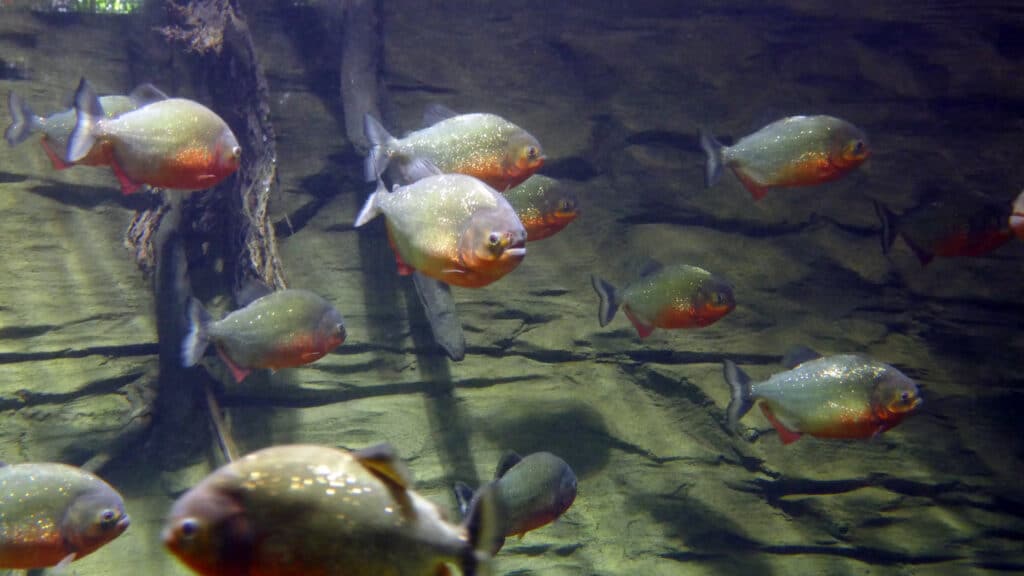
Amazon river dolphin
Also known as the pink river dolphin or boto, this species is the largest river dolphin in the world. It can only be found in freshwater rivers running through the majority of the Amazon, but can sometimes be seen across other parts of South America, including Brazil, Ecuador and Colombia.
Caiman
Marshes, swamps, lakes and mangroves are where you’re most likely to spot a South American caiman. These are the smallest species of Crocodilia, which have been around for over 95 million years.
Poison dart frog
Living in the tropical habitat of the Amazon, the poison dart frog climbs trees and hangs around on the forest floor. But its most distinctive feature is its bright colours, which are an evolutionary adaptation to warn others of its toxicity.
Animals in Africa
The climates around Africa can be split into distinct categories, from the year-long high temperatures of Central Africa to the varied weather in the southern regions. This creates several habitats, including deserts, wetlands, woodlands and jungles.
What animals live in Africa?
Your mind might automatically be drawn to the big five (elephants, lions, leopards, rhinos, buffalo), but a much bigger range of species can be found in Africa, including foxes, okapis and millipedes (most millipede species are native to the US, but the giant African millipede can be found here).
Pancake tortoise
Native to Kenya, Tanzania, and Zimbabwe, the African pancake tortoise has a flatter, more flexible shell than other tortoise species, allowing them to wedge themselves into crevices for safety from predators and extreme heat.
Chameleon
Most chameleon species are found in Africa and Madagascar. But regardless of the species, each one can change colour, move its eyes independently and has a fast-firing tongue to catch prey.
Madagascar tree boa
Madagascar tree boas are endemic to the north and west of Madagascar and can often be found either resting in the trees during the day or hunting on the forest floor at night.
Nile crocodile
As the name would suggest, the Nile crocodile is native to the River Nile, which meanders through 11 countries. And with the ability to swim up to 20mph, they can travel much quicker than you might expect!
Animals in Asia
From the freezing climate in the north to the tropical areas further south, Asia also has a huge range of wildlife habitats. Because of this, there’s plenty of variation in species in this part of the world.
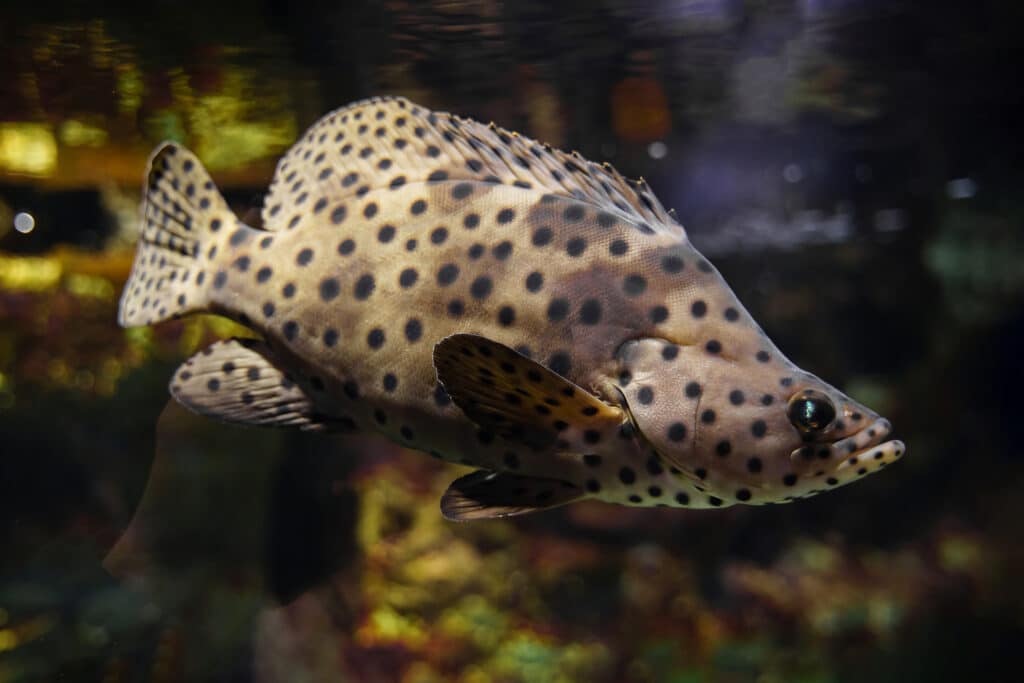
What animals live in Asia?
Asia is famed for exotic animals like elephants, tigers and pandas, but here, we’re showing off some of the lesser-known species that call this continent their home.
Crocodile lizard
The crocodile lizard’s name comes from its scaly tail, which is crocodile-like. This species is usually found in China and is unfortunately the last survivor of its 100-million-year-old genus and family.
Panther grouper
Panther groupers, also known as humpback groupers, are a type of fish found across Asia, and it wouldn’t be hard to spot them in the Indian Ocean thanks to their distinctive black and white polka dot appearance and, of course, their humpback.
Rhino rat snake
Commonly spotted between northern Vietnam and southern China, the first thing you’ll probably notice about this snake is its protruding snout that gives it a resemblance to the rhino. These snakes can change colour as they age, so if you see one with brown or grey colourings, it’s usually younger than one that’s blue or green.
Komodo dragon
Komodo dragons are a large reptile species only found in Indonesia, thriving in the harsh climates of tropical forests. The largest population of komodo dragons is found in the aptly named Komodo National Park in Eastern Indonesia.
Animals in Europe
Europe has one of the mildest climates of all the world’s continents, but it can also see huge variations in weather. This creates unique climates for different species to thrive in, but also means they need to be easily adaptable to varied conditions.
What animals live in Europe?
Squirrels, foxes and badgers are common European animals, and that’s not where the diversity ends…
European lobster
With their distinctive royal blue appearance and strong claws, European lobsters are unique to European waters stretching from the UK to the Mediterranean Sea. The rocky burrows and crevices around the continental shelf in this marine habitat are the perfect hiding spot for this species, which is why it thrives here.
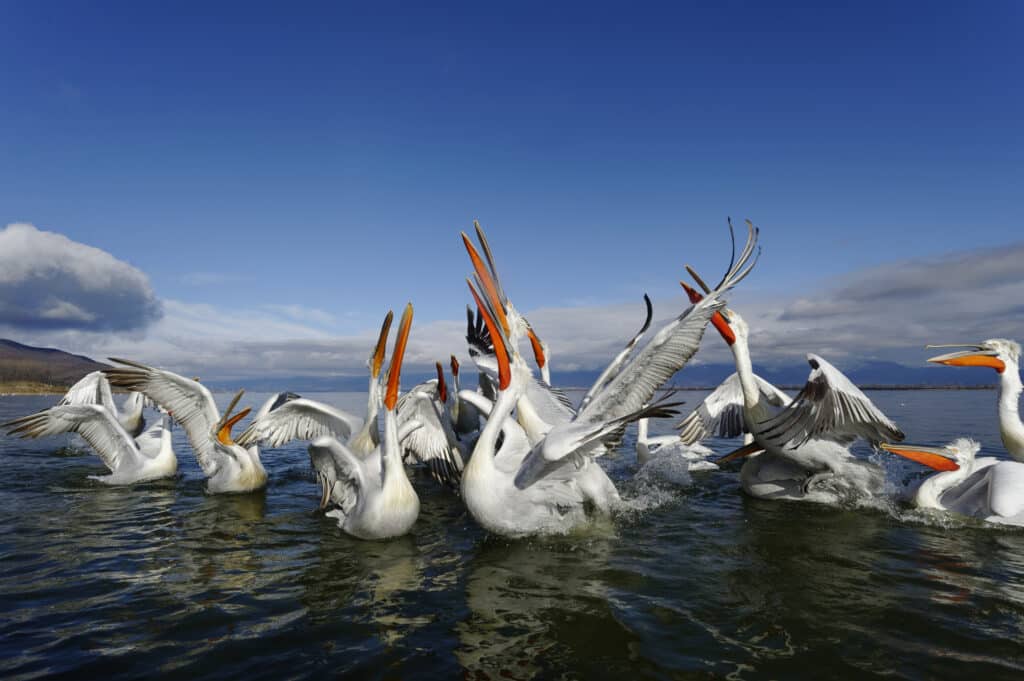
Pelicans
Dalmatian pelicans are the rarest of the pelican species, and they can only be found in European countries such as Greece, Bulgaria, Romania and Ukraine. Preferring wetlands, lakes and rivers where fish are in abundance, these water birds will usually only travel for food or breeding purposes.
Starfish
Often spotted in rockpools and the seabed, these invertebrates can’t be classified as fish because they lack gills, scales, fins and a backbone. Several species prefer the milder climate in these waters, including the spiny starfish, northern starfish, common starfish and Mediterranean red starfish.
Common frog
Common frogs are just that – they’re very common throughout Europe. Using their long legs to jump and their long tongues to catch insects, these semi-aquatic creatures have adapted to the varying conditions in this part of the world.
Animals in Australia
Whichever direction you turn across this continent, you’ll find a completely different climate and habitat. From rainforests to deserts, making way for unique and exciting species with adaptations that help them survive in sometimes extreme conditions.
What animals live in Australia?
The most famous Australian animals include the likes of kangaroos and koalas, but there are many more living in the surrounding waters.
Clownfish
Clownfish use popping and clicking noises to communicate with each other, either when they’re establishing their territory. Living amongst coral reefs, they have a symbiotic relationship with anemones, thanks to a protective mucus that covers the clownfish’s body, providing immunity from the anemone’s toxins. The clownfish helps to rid the anemone of parasites and chase away predators, and in exchange, the anemone provides it with a safe place to live.
Regal tang
These reef-dwelling fish have a whole range of other nicknames, including blue tangs, hippo tangs, royal blue tangs, Pacific blue tangs, blue surgeonfish, flagtail surgeonfish, and palette surgeonfish.
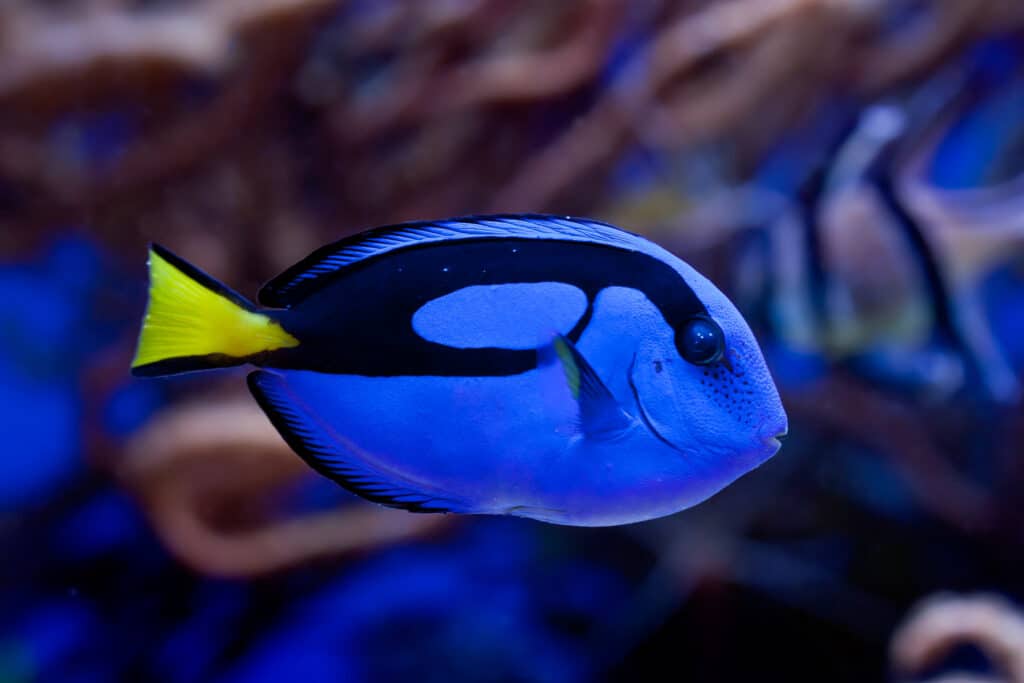
Sand tiger shark
With a unique habit of coming up to the surface to gulp fresh air to improve buoyancy, allowing them to lie near the surface waiting for prey, the sand tiger shark is a unique shark species found in this part of the world. Preferring subtropical and warmer waters, this is the ideal habitat for them.
Spotted wobbegong
Endemic to Australia, spotted wobbegongs are a type of carpet shark that can camouflage around coral reefs or on sandy bottoms with their brown, spotted appearance. They spend much of their time near coral reefs in the Coral Sea and the Tasman Sea.
Animals in Antarctica
The climate in Antarctica can be summed up as cold, icy, and dry. Essentially, this part of the world is a polar desert, which means that any animals need to be able to withstand these extreme conditions.
What animals live in Antarctica?
You might have a very limited knowledge of just how many species exist in the South Pole, but that’s where we come in! While it’s obviously home to polar bears and Arctic bird species, there are plenty more that can withstand the cold, and might even feel warm in these conditions if you can believe us!
Seals
Antarctica is home to six seal species, including the Antarctic fur seal, leopard seal, Ross seal, southern elephant seal, crabeater seal and Weddell seal. And thanks to thick layers of blubber and fur covering their bodies, Antarctic seals aren’t bothered by the below-freezing conditions.
Whales
Many of the world’s whale species reside in Antarctica either full-time or for selected seasons, including the Antarctic blue whale, fin whale, killer whale, sperm whale, humpback whale and southern right whale.
Penguins
Penguins are the most common bird species living in Antarctica, and species like the emperor and adélie are permanent residents. If you’re wondering how they survive such extreme temperatures, it’s all thanks to their thick layer of fat under the outer feather layer.
Icefish
Icefish are the only known vertebrates in the world which don’t have any red blood cells. Because of this unique trait, scientists are able to study them and learn more about blood conditions in humans, such as osteoporosis and anaemia.
More fun facts about animals from around the world
Can’t get enough of the diverse creatures around the globe? Here are even more fun facts for curious minds!
- The blue whale is the world’s largest animal
- The smallest animal is the parasitic jellyfish
- Depending on how you look at it, there are a few top contenders for the fastest animal in the world. While the cheetah is the fastest on land, the spiny-tailed iguana is the world’s fastest reptile. In the skies, the peregrine falcon is the fastest bird (hunting dive), and the ostrich is the fastest land bird. In the water, the black marlin is the quickest swimmer.
- The giraffe is the world’s tallest animal
At Blue Planet Aquarium, we love celebrating the exciting creatures around the world and letting curiosity run wild for visitors of all ages. That’s why, as well as being a great place to come along and discover our aquatic animals, we also host fun events for all the family! Plan your next day out and book your tickets here.
